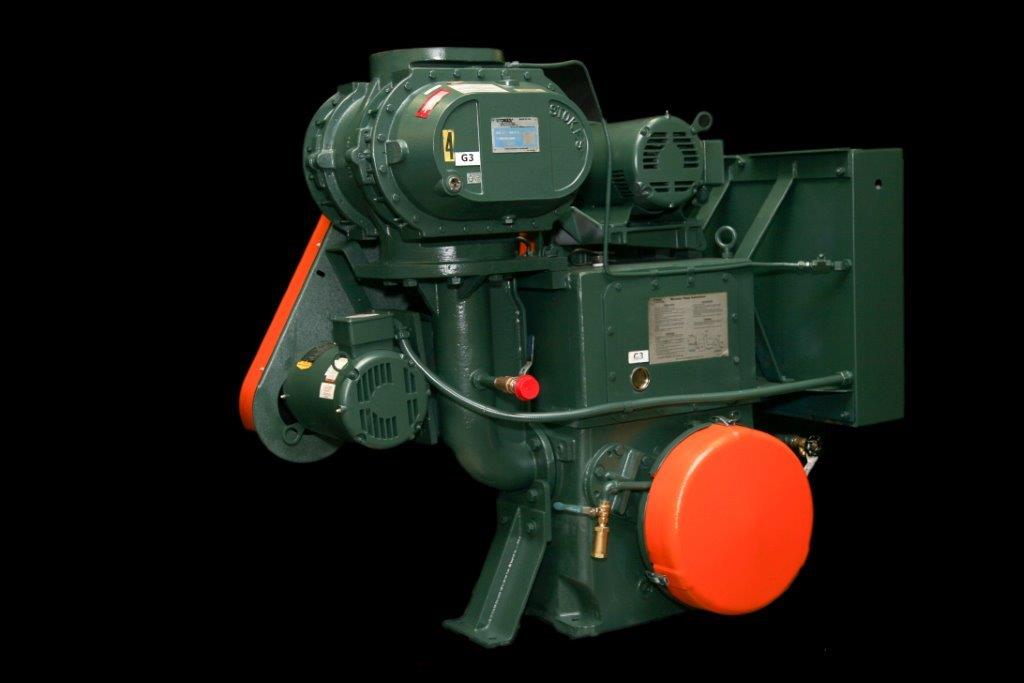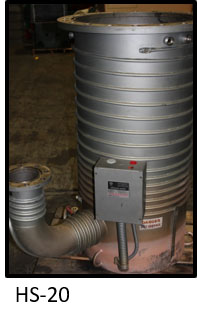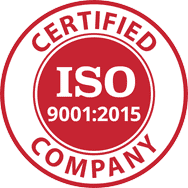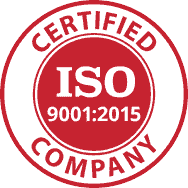
Whether you have a pump or blower (regardless of size), our engineers can rebuild/remanufacture your vacuum equipment to bring its operation back to OEM specifications.
Our technicians have been factory trained in the process of vacuum pump repair. After the repair or remanufacturing process is complete, each item is system tested to ensure proper operation, OEM specification verification, and extended operation under load. If a pump has been repaired, we run it in a system with a blower to duplicate real world applications.
Blower Repair
When testing blowers, we utilize a pump again, to duplicate field applications. All test equipment used in the vacuum system area is factory approved and calibrated regularly to ANSI standards to maintains accuracy.
Our repair services restore vacuum pumps to peak efficiency. We also do expert hydraulic cylinder repair, hydraulic pump repair, and standard hydraulic repairs.
K+S Services utilizes a number of various pieces of testing equipment to fully test all vacuum products. We use the Varian 959 Porta-Test Leak Detector which has a minimum detectable signal / sensitivity of 2 x 10-8 atm cc/sec (helium) sniffing mode to detect leaks in accordance with AVS standard 2.1 .We also use the “SenTorr” gauge controller in conjunction with the “524 Cold Cathode Ionization” gauge to measure vacuum down to 1 x 10-8 Torr. We additionally utilize the “ConvecTorr” gauge to test 1 x 10-3 Torr to atmosphere.
Some brands of vacuum pumps we repair include:

- Alcatel
- Busch
- Dresser Rand
- Edwards
- Gast
- Haug
- Kinney
- Leybold
- Nash
- Roots
- Stokes
- Varian
- Welch
Some brands of blowers we repair include:
- Dresser
- EG&G
- Leybold
- Siemens
- Stokes
- Roots

The process of removing of the molecules from the chamber or area continues until the designated level of required vacuum is realized. Depending on the specific level of vacuum your application requires it may be necessary to utilize a series of vacuum pumps to effectively achieve this level.
The pumps are what is called momentum transfer or also molecular pumps and are the most commonly used and effective means for achieving high vacuums. The most typical configuration involves using a single or a pair of positive displacement pumps in combination with a Diffusion/Molecular pump to realize high vacuum.
The diffusion pump is recognized as one of the earliest types uses as well as the most reliable for creating a high vacuum. A diffusion pump cannot begin working in full atmosphere which is why you will see a positive displacement pump being used to get into low vacuum and then the diffusion pump begins working from there to achieve higher vacuum levels.
This is why it is common to see a number of vacuum pumps being used together in series. There are essentially two different types of momentum transfer or molecular pumps you will see being used today:
- Diffusion (vapor jet)
- Turbo Molecular (high speed rotating blades)
Contact K+S services today for quality vacuum pump repair!

